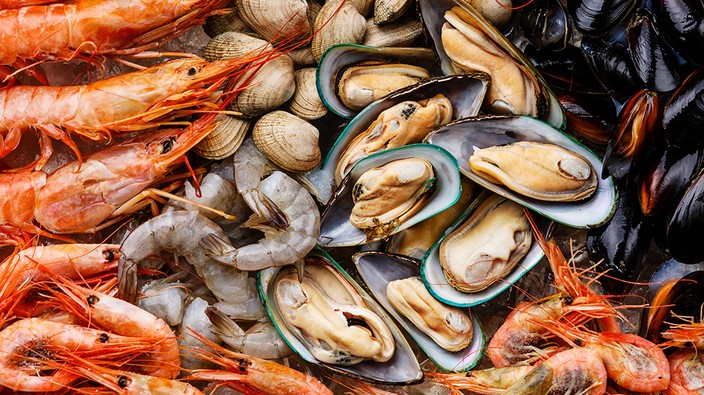food allergy or indigestion? millions of adults avoid foods they're not actually allergic to
of the 20 per cent of adults who think they have a food allergy, only half actually do, study finds

shellfish is the most common culprit for "convincing" allergy in adults, according to a u.s. study.
getty images
for people with life-threatening food allergies, the simple act of eating out can be fraught with risks. leaving the house without an epinephrine auto-injector is as unthinkable as leaving behind house keys, a wallet or phone.
often thought of as a childhood affliction, a new study highlights the prevalence of adult-onset food allergies. in their survey of more than 40,000 american adults, which was published friday in the medical journal jama network open, researchers found that while 11 per cent of people suffer from food allergies, nearly twice as many (19 per cent) think they do.
the research team gauged the validity of the allergies, diagnosed by a doctor or not, based on the nature of the participants’ reactions (e.g. throat tightening or vomiting versus bloating, stomach pain or diarrhea). of the 26 million people deemed to be suffering from “convincing†food allergies, roughly 12 million developed them for the first time as adults.
“there are so many adults out there who have a negative reaction to a food. it is really important to get a proper diagnosis so that they can really know is this something treatable like lactose intolerance, or is this a life-threatening food allergy that they need to be very careful with,†pediatrician ruchi gupta, co-author of the research paper, told the guardian.
advertisement
although the study was carried out in the u.s., “experts say a similar situation is also seen in other countries.†according to allergen, 7.7 per cent of canadian adults and 6.7 per cent of children under 18 self-identify as having at least one food allergy.
the research suggests that shellfish is the most common culprit for “convincing†allergy in adults (2.9 per cent; roughly seven million people), followed by milk and peanuts (1.9 and 1.8 per cent respectively; five million people each). tree nuts (e.g. walnuts), finfish (e.g. salmon), eggs, wheat, sesame and soy also represented prevalent allergens.
“this is really concerning because chances are they could eat the food and then all of a sudden they have a reaction to a food that they could previously tolerate — so what changed in their environment or in them that caused them to now develop this food allergy?†gupta toldâ the guardian.
“some of these foods you know that they probably were able to eat (previously) because they are such common foods in the diet, but shellfish was interesting – it could be one that they are trying for the first time as an adult.â€
before you write off all food allergies as overstatement, consider the fact that fewer than half (47.5 per cent) of adults with “convincing†allergies actually received an official diagnosis. gupta highlights the importance of seeing a doctor for testing prior to avoiding specific foods: “if food allergy is confirmed, understanding the management is also critical, including recognizing symptoms of anaphylaxis and how and when to use epinephrine.â€
 2 minute read
2 minute read








